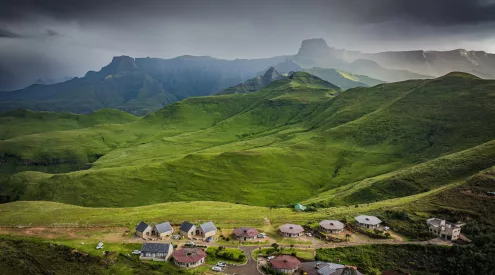Nature is filled with incredible phenomena that are awe-inspiring to look at but seemingly difficult to explain. Rainbows have inspired folktales of magical pots of gold among other things, due to their mesmerising beauty.
Even more astonishing are double, tertiary and quaternary (quadruple) rainbows.
‘A rainbow forms when sunlight enters raindrops in the atmosphere and is reflected back out. A double rainbow occurs when sunlight left over from that initial reflection comes back through the raindrops a second time,’ explains National Geographic.
However, a quadruple rainbow is something altogether different from two double rainbows occurring together.
Raymond Lee, a meteorologist at the US Naval Academy told National Geographic that true quadruple rainbows are extremely rare. ‘There have only been four or five scientifically documented sightings of quaternary or tertiary rainbows since 1700,’ said Lee.
Very specific weather conditions need to be present for quadruple rainbows to form, which are torrential rain and strong direct sunlight.
When sunlight enters and reflects out of raindrops four times, this phenomenon will be created. Thus, footage on social media of what some may call quadruple rainbows are likely rather two double rainbows appearing at the same time.
Take a look at some exquisite rainbows captured on film:
View this post on Instagram
Image credit: Unsplash


















